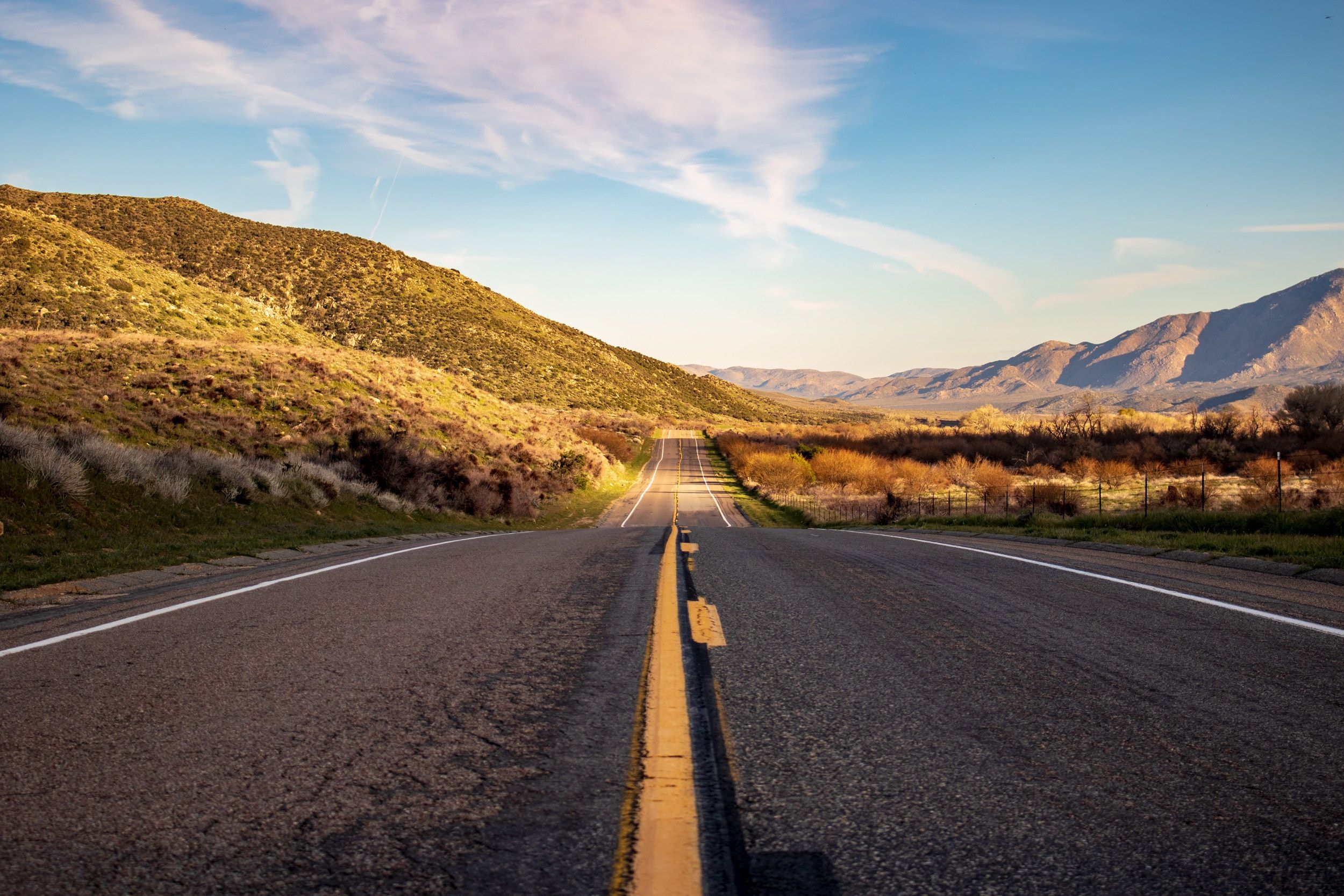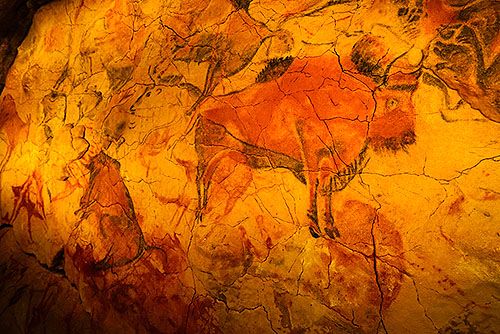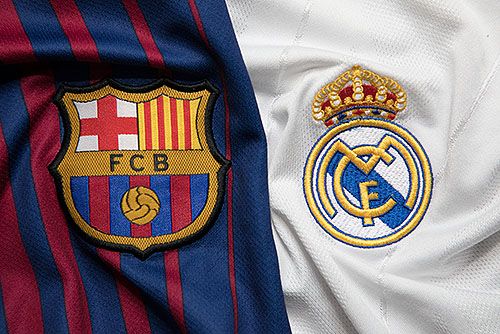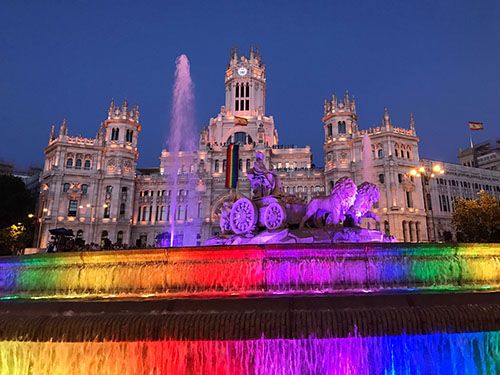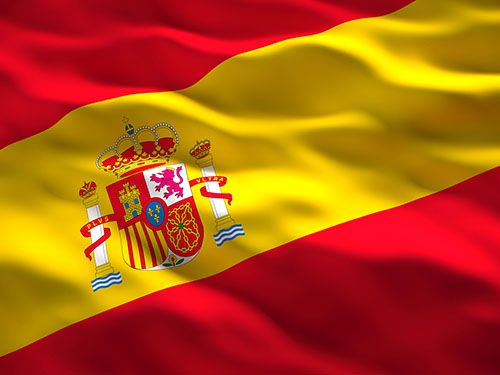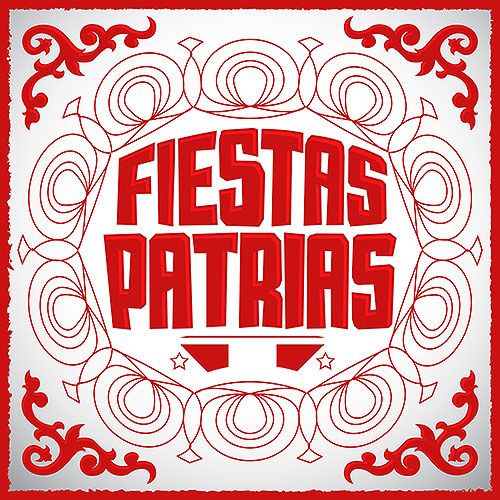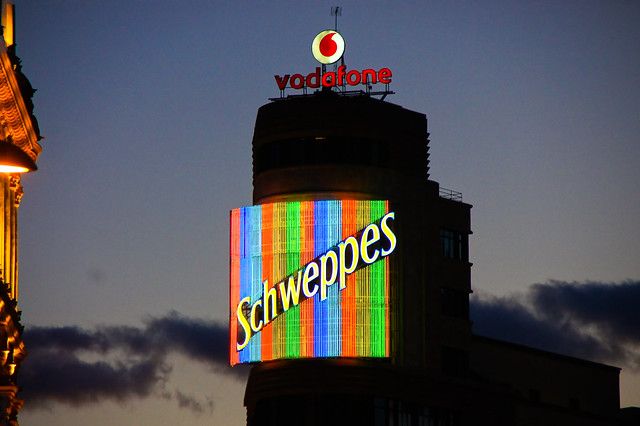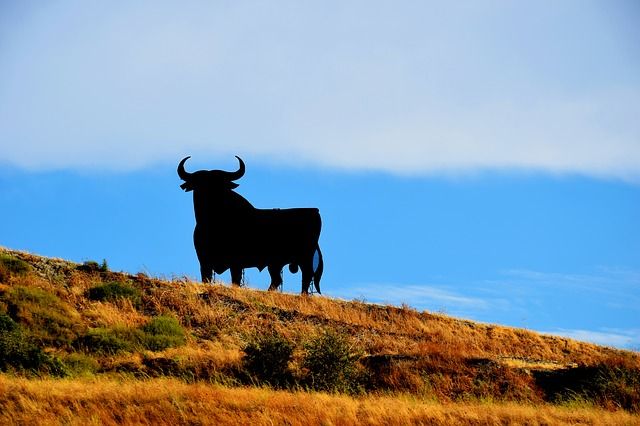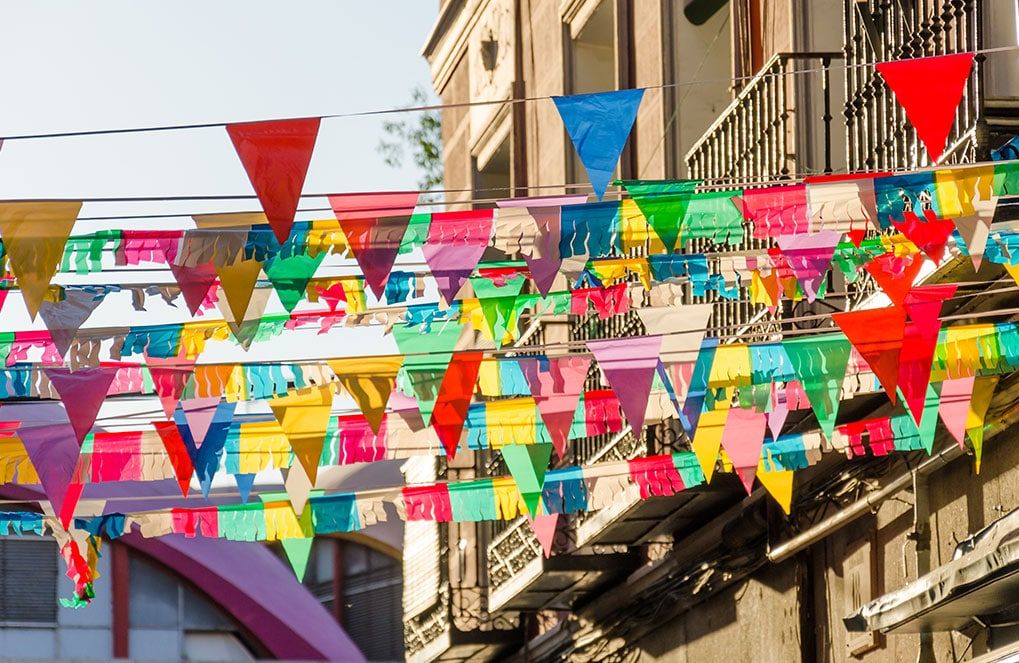enforex_pages_landing_block_57a614ed-267d-4357-8ce4-cc5eec4cd7b4
What are the Perseids?
If there is a time that takes you back to your childhood, it is the nights of the Perseids. It is the most popular meteor shower of the year, probably because it takes place in summer, which facilitates easy viewing thanks to the warm temperatures and clear skies.
This post is also available in Spanish if you want to improve your Spanish reading comprehension.
The so-called Perseids are dust particles about the size of a grain of sand coming from comets and asteroids orbiting the sun. Shooting stars are created when these little grains go through our atmosphere at a speed of about 130,000 mph and evaporate.
Have you ever wondered about the meaning of Perseids? Although they actually come from the Swift-Tuttle Comet and can be seen over the entire sky, the Perseids name refers to the constellation of Perseus, from which the meteors seem to come.
Since the Perseid meteor shower happens around August 10, the day of the religious festival for Saint Lawrence in Spain and other traditionally Catholic countries, it is also popularly known as the “Tears of Saint Lawrence.”
When is the meteor shower in 2019?
If you want to enjoy this stellar spectacle, there’s no need to wait! The Perseid meteor shower starts in July and usually lasts until the end of August. This is why it’s a favorite plan for the summer.
If your goal is to see the most shooting stars possible, the best nights to see the Perseids in 2019 are August 9th to 11th. You will enjoy the greatest concentration of meteors and the skies will be darker thanks to the new moon.
Although the phenomenon will be visible starting around midnight and will last the entire night, the highest peak of activity will be reached around 5 a.m. This will therefore be the time to enjoy the greatest number of Perseids.
How and where to watch the 2019 Perseids in Spain
Lie in a quiet and clear place with no light pollution. You don't need a telescope or any special gear. In fact, it’s best to use only your eyes in order to have a wider field of vision. Grab a blanket and a picnic, make yourself comfortable, and get ready to enjoy this popular stargazing event.
You will find recommendations about the best places to see the Perseids in the main cities of Spain below. Are you up for a magical night under Spanish skies?
Perseids in Madrid: Certainly, one of the best choices to observe the meteor shower in the Spanish capital is to get into Madrid’s northern mountains. Observation trips are organized every year to contemplate shooting stars from a unique natural environment at the foot of a peak called La Pedriza.
Perseids in Barcelona: A good idea to see the Perseids in the area is to visit the Fabra Observatory, located on Mount Tibidabo. At the highest point of the Collserola mountain range, you will find a unique landscape from which to contemplate the Tears of Saint Lawrence. Just find a good place!
Perseids in Valencia: If you are learning Spanish in Valencia and want to find good places to watch the meteor shower, we have good news for you: there are plenty of them! Can you think of a better place than a cove or quiet beach to enjoy this summer night show? Remember, all you need is a clear sky and no light pollution.
Perseids in Tenerife: The Canary Islands are one of the best corners of the world for stargazing. Thanks to the good weather conditions and perfect location, the islands have become one of the main international destinations for astronomical tourism. Teide National Park is a privileged place to see the Perseids, but you can also appreciate and enjoy the event from any beach or quiet place.
Perseids in Seville: If you are going to witness this magical experience in the province of Seville, one of the ideal places to do so is the astronomical observatory located in the town of Castillo de las Guardas. Another great option is to move around the Monastery of the Cartuja de Cazalla, where a guided tour with an explanation of the night sky is organized every year. Finally, we cannot forget the Starlight Reserves, protected natural areas that maintain the best lighting conditions to facilitate stargazing, either for scientific, natural or cultural reasons.
Perseids in Granada: Take advantage of the excellent conditions provided by the mountain rage of Sierra Nevada. A very nice choice is to go around Hoya de la Mora. It’d be great to go with someone who has done this hiking route before. Oh, and be sure to take some warm clothes as it gets chilly at night.
Remember that the Perseids are a natural phenomenon and are not 100% predictable. This is part of the event’s natural charm, something that makes it magical and mysterious. You will have to be on the lookout not to miss this authentic beauty. Don't forget to make a wish!


